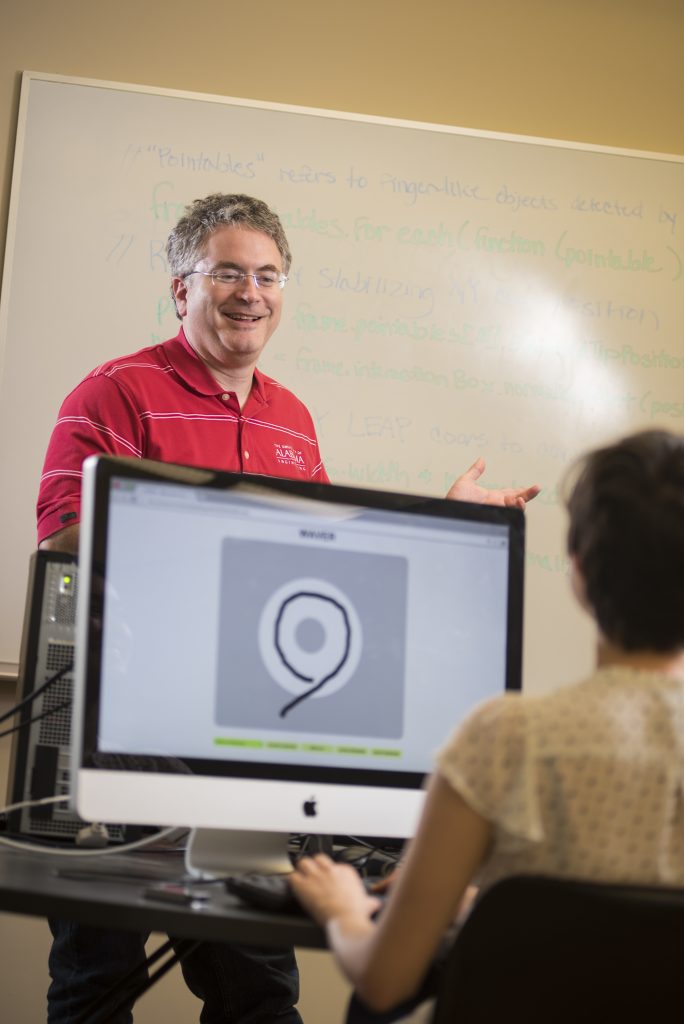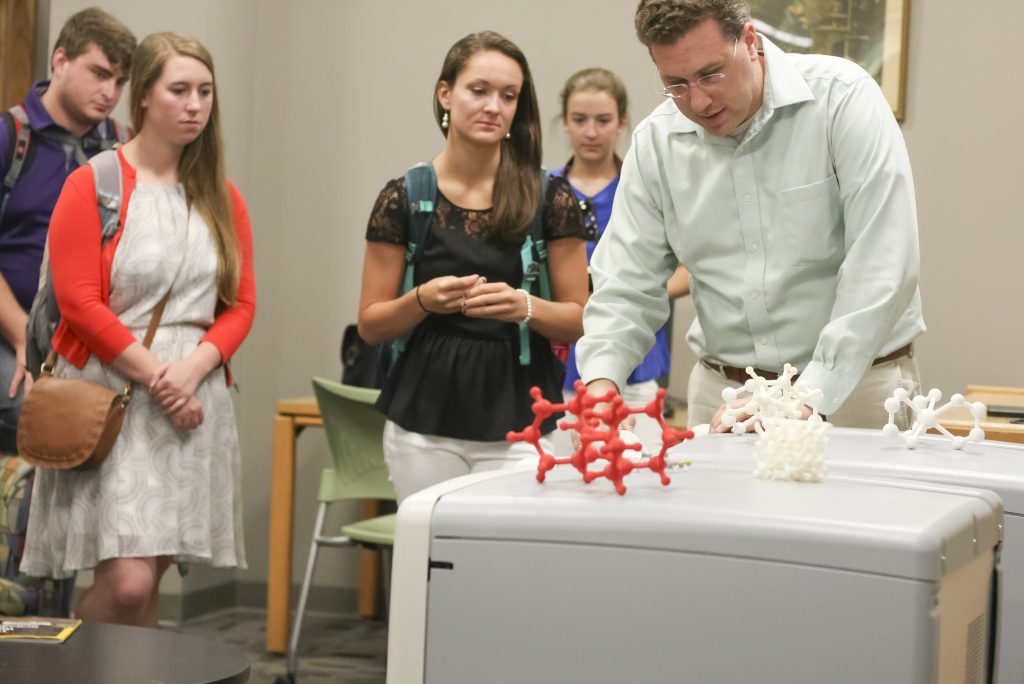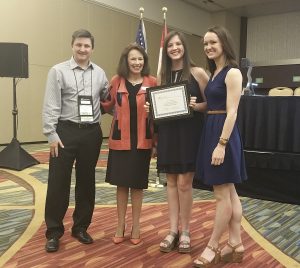UA Faculty Lead Committees for the State’s Strategic Plan

By David Miller
Empowering future workforces hinges on improving education outcomes and solving the challenges that accompany the complex puzzle of funding, standards and curriculum.
Several University of Alabama faculty members are helping shape the future of Alabama’s K-12 education system, particularly in its critical needs areas, like math and science. Dr. Jeremy Zelkowski, coordinator of UA’s Secondary Math Education program, and Dr. Jeff Gray, professor in the department of computer science, recently co-chaired the math and science advisory committees for Alabama Ascending, the Alabama State Department of Education’s 10-year strategic plan. Additionally, Dr. David Cruz-Uribe, chair of the department of mathematics, was a member of the math committee, and Dr. Carol Donovan, director of the Belser Parton Literacy Center at UA, was a member of the reading committee.
The committees, commissioned by ALSDE Superintendent Michael Sentance, were comprised of researchers, industry representatives and K-12 teachers and administrators. Each committee had an equitable balance of men and women of different ethnicities. UA was the only institution to have two co-chairs across the four committees.
Zelkowski said the math committee made roughly 50 recommendations to address teacher preparation, advocacy and equity, professional development, curriculum and instruction, community relations and workforce development.

“Every recommendation was to be supported by research literature or practice that has shown success in increasing student achievement,” Zelkowski said. “And the cost of implementation, allocation of funds and past education legislation was to not enter the equation.”
Gray’s role on the science committee was to lead the discussion that considered the opportunities of computer science and engineering as emerging disciplines that have not been a focus in the past.
“There is a lot of potential to highlight the core principles of math and science by adding elements of computation,” Gray said. “Alabama also needs more stand-alone courses in computer science and engineering, in addition to the opportunities for integrating computation into existing courses.”
The committee’s reports were given to ALSDE, which incorporated many of the recommendations into its initial draft of the state’s strategic plan, Alabama Ascending, which is currently available on the ALSDE web site, said Robin Nelson, program coordinator in instructional services at ALSDE.
“Mr. Sentance incorporated a lot of the more powerful recommendations, especially the ones that were similar between the committees, like in-service support and teacher preparation, and even looking at some possible standards changes moving forward,” Nelson said.
The Recommendations
Both math and science committees addressed teacher shortages by recommending increased incentives, like higher salaries and state-funded scholarship programs for math and science teacher education programs.
Both committees suggested that scholarship programs have strict teaching commitments, while the math committee recommended back-loading math education scholarships to avoid abuses of scholarship monies that occurred in previous federal programs.

The science committee recommended that ALSDE take a more active leadership role in recruiting science teachers for teacher programs and from other fields. The committee also suggested ALSDE identify an additional revenue stream to help higher education faculty create high-quality field experiences for pre-service teachers.
“It’s time for a shakeup,” Gray said. “Alabama has made progress, but states ahead of us have too. Other states won’t stand still.”
The science and math committees differed in methods to address salaries. The science committee recommended salaries be commensurate with the pathway to certification, while the math committee juxtaposed average salaries of math teachers with those who have a mathematics degree working elsewhere, noting the $13,000 difference to recommend that math majors enter the state teacher salary matrix at a higher point.
“We rely on the passion of people to be educators, which is fine, but it hasn’t addressed the shortage in the last 25 years,” Zelkowski said.
Zelkowski said incentivizing teacher salaries and education programs is vital in addressing teacher shortages if their recommendation of raising the minimum passing score for initial math teacher certification is implemented.
“If you’re going to cut down the number of teachers who are going to be qualified, you have to address the pipeline to make sure you have enough coming through to fill schools with qualified teachers in high-needs fields, like math, science and special education,” Zelkowski said.
Both committees emphasized shifts in sustained teacher professional development and recommended tailoring sessions to focus on active learning to model how students should learn in the classroom. The science committee reinforced the need for deeper content knowledge for “inquiry-driven” instruction.
What’s Next?
Alabama Ascending will likely undergo revisions before it reaches a vote by the ALSDE board. The plan has been presented at a work session and is now up for public review, Nelson said.

The committee reports that were used to help draft the plan are being edited and haven’t yet been released. They should be available on the ALSDE website by late August.
Nelson said the state department previously formed leadership advisory committees and groups to help write education standards, but the committees to help develop this strategic plan were unique in their scope and diversity and contributed greatly to the strategic plan.
“I’ve been at the department for 20 years, and this is the first time a superintendent I’ve worked under has called such a variety of stakeholders to make recommendations for a strategic plan,” Nelson said. “Both Jeremy and Jeff were invaluable to these committees, and the amount of work they do with K-12 is very unusual; many times, higher-ed faculty who prepare our teachers don’t spend as much time in the classroom or working with in-service teachers as Jeremy and Jeff, so they were able to bring together a fundamental understanding of teacher and classroom needs.”
